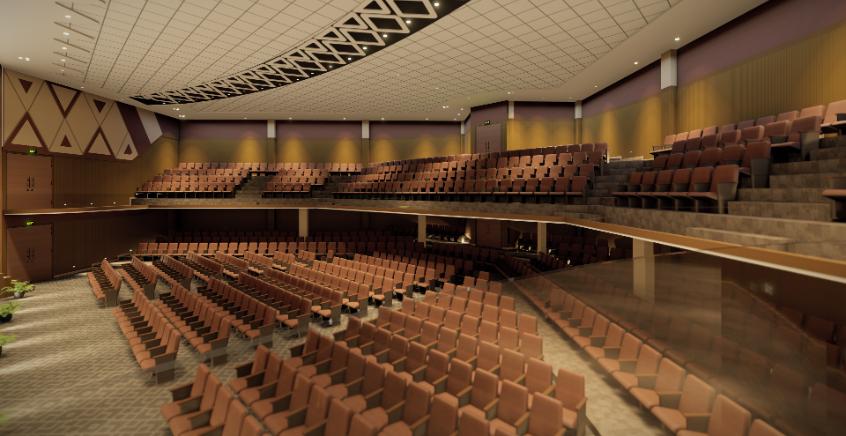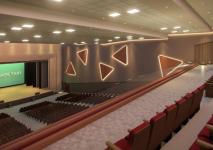PRIMARY ACOUSTIC STRUCTURE OF AN AUDITORIUM
We at Auditorium Works understand the importance of sound isolation in creating a controlled acoustic environment. Our primary structure incorporates effective techniques and materials to minimize the transmission of sound between spaces. This ensures that unwanted noise from adjacent areas or external sources does not interfere with the auditorium's acoustics.
The primary structure of an Acoustic Auditorium forms the foundation for creating an optimal acoustic environment. It involves the design, fabrication, and installation of key elements that contribute to sound isolation, diffusion, and absorption, ensuring excellent sound quality and clarity.
It includes the shape and size of the room, the materials used in the construction, and the placement of speakers and other sound equipment. The shape and size of an auditorium have a significant impact on its acoustics. A rectangular auditorium with parallel walls will create echoes and reverberation, which can make it difficult to hear speech or music clearly.
A curved or angled ceiling can help to scatter sound waves more evenly, resulting in a better sound quality. The ideal size of an auditorium will vary depending on the purpose of the room. A small auditorium for chamber music will need to be different from a large auditorium for symphony orchestras. However, in general, an auditorium should be large enough to accommodate the desired audience size, but not so large that the sound quality is compromised



